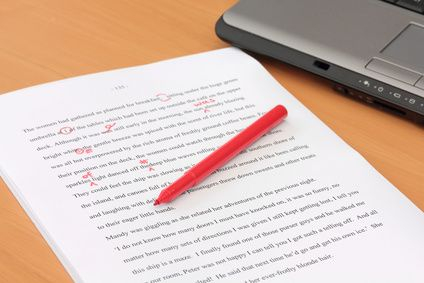
Behind the Scenes of Editing Children’s Books
Children’s book publishing plays a crucial role in shaping the minds and imaginations of young readers. It is through these books that children are introduced to new worlds, diverse characters, and important life lessons. Behind every successful children’s book is a dedicated editor who works tirelessly to ensure that the story is engaging, age-appropriate, and impactful. The role of an editor in children’s book publishing is multifaceted, involving everything from refining the story and artwork to collaborating with authors and illustrators. In this article, we will explore the various responsibilities of a children’s book editor and delve into the creative process behind editing these books.
The Role of an Editor in Children’s Book Publishing
An editor’s role in the publishing process is to guide a manuscript from its initial stages to its final form. They work closely with authors and illustrators to shape the story, refine the language, and ensure that the book meets the needs of its intended audience. In children’s book publishing, editors play a crucial role in selecting manuscripts that have the potential to resonate with young readers. They also work closely with authors and illustrators to develop these manuscripts into compelling stories that captivate young minds.
Specific responsibilities of a children’s book editor include reviewing submissions, providing feedback to authors and illustrators, editing manuscripts for clarity and coherence, overseeing the design and layout of the book, and collaborating with marketing teams to promote the book. They are also responsible for ensuring that the book meets industry standards and adheres to copyright laws.
The Creative Process of Editing Children’s Books
The editing process for children’s books involves multiple stages, each aimed at refining the story and artwork. Editors work closely with authors to develop characters, plotlines, and dialogue that will resonate with young readers. They provide feedback on structure, pacing, and tone, helping authors shape their ideas into cohesive narratives.
Editors also collaborate with illustrators to ensure that the artwork complements the story and enhances the reading experience. They provide guidance on style, composition, and color palette, working closely with illustrators and art directors to bring the characters and settings to life. Through this collaborative process, editors help authors and illustrators refine their work and create books that are visually appealing and engaging for young readers.
Collaborating with Authors and Illustrators
Collaboration between editors, authors, and illustrators is essential in creating successful children’s books. Few people realize, however, that an author who is not also an illustrator seldom meets or even speaks to the illustrator of their book. Editors act as a bridge between the author’s vision and the illustrator’s interpretation, ensuring that both aspects align seamlessly. They facilitate communications between authors and illustrators, along with art directors, encouraging them to share ideas, provide feedback, and make necessary revisions while protecting the creative autonomy of both parties.
The Importance of Age-Appropriate Language and Content
Children’s books must be tailored to their intended audience in terms of language and content. Editors play a crucial role in ensuring that books are age-appropriate, in terms of vocabulary, tone, and themes. They carefully review manuscripts to ensure that the language used is accessible to young readers while still challenging them to grow their vocabulary and literacy.
Editors also consider the content of children’s books, ensuring that it is suitable for the age group it is intended for. They take into account sensitive topics, violence, and other potentially distressing elements, making sure that they are handled age-appropriately. By carefully curating the language and content of children’s books, editors help create a safe and enriching reading experience for young readers.
Balancing Entertainment and Education
Children’s books have the unique task of balancing entertainment and education. While it is important for books to engage and entertain young readers, they also have the potential to teach valuable lessons and foster a love of reading and learning. Editors play a crucial role in striking this balance, ensuring that books are both enjoyable and educational.
Diversity and Representation
It is through diverse characters and perspectives that young readers can see themselves reflected in the stories they read. Editors play a vital role in ensuring that children’s books feature diverse characters and explore a range of experiences and cultures. Today, the role of “Sensitivity Reader” is considered an important part of the editorial process to ensure authentic, multi-dimensional, and sensitive representation.
The Roles of Feedback and Revision in Editing Children’s Books
Feedback and revision are crucial in the editing process for children’s books. Editors provide authors and illustrators with constructive feedback to help them refine their work and improve the overall quality of the book. They guide authors through multiple rounds of revision, ensuring that the story is coherent, engaging, and impactful.
Revisions can greatly improve a book, allowing authors to clarify their ideas, strengthen their characters, and enhance the overall storytelling experience. Editors work closely with authors to identify areas for improvement, providing guidance and support throughout the revision process. By incorporating feedback and making necessary revisions, authors can create books that resonate with young readers and leave a lasting impact.
